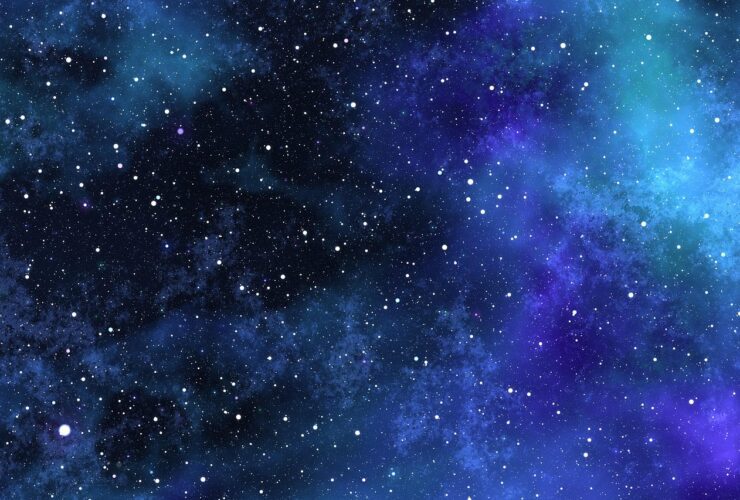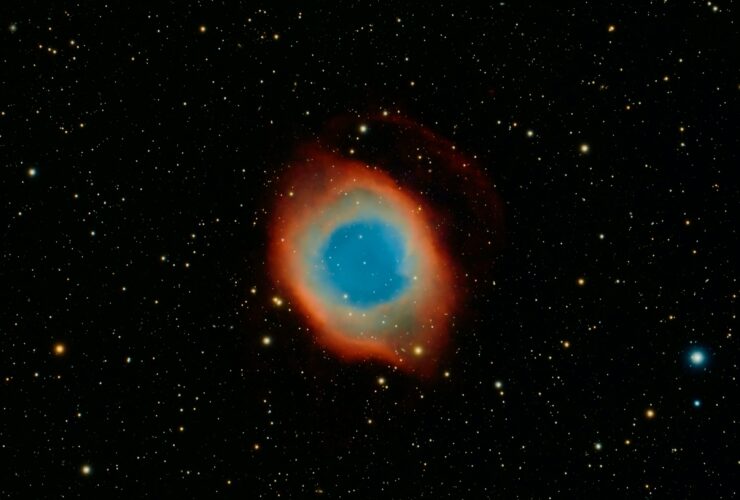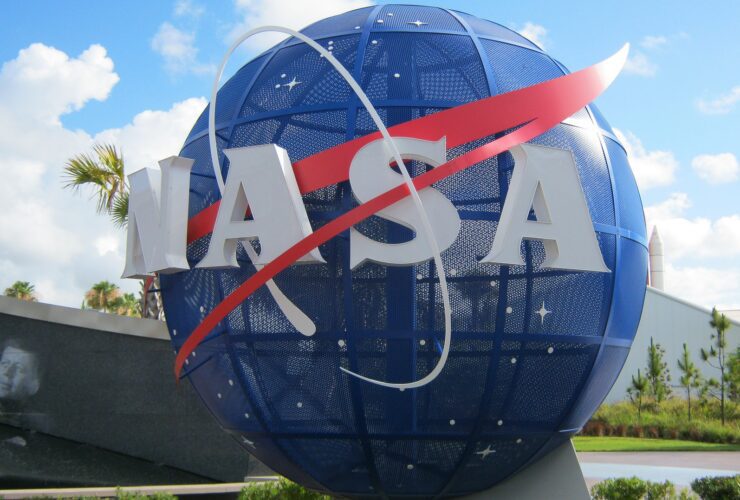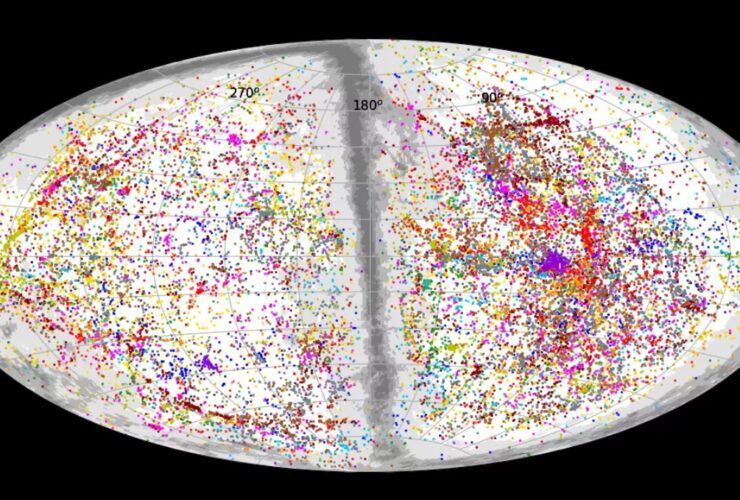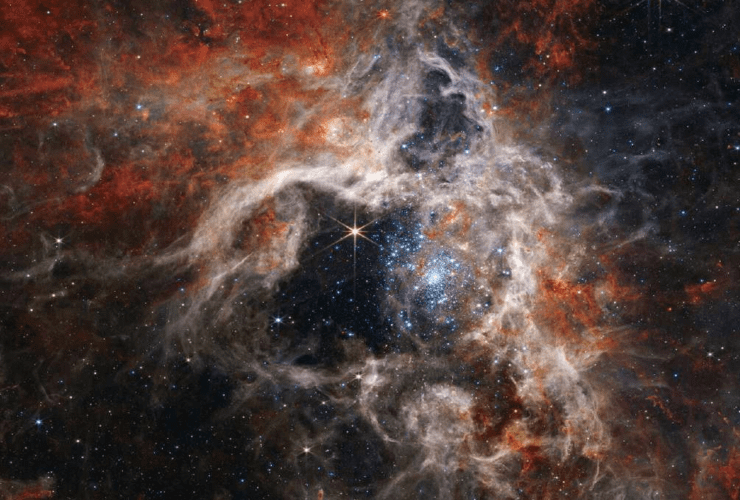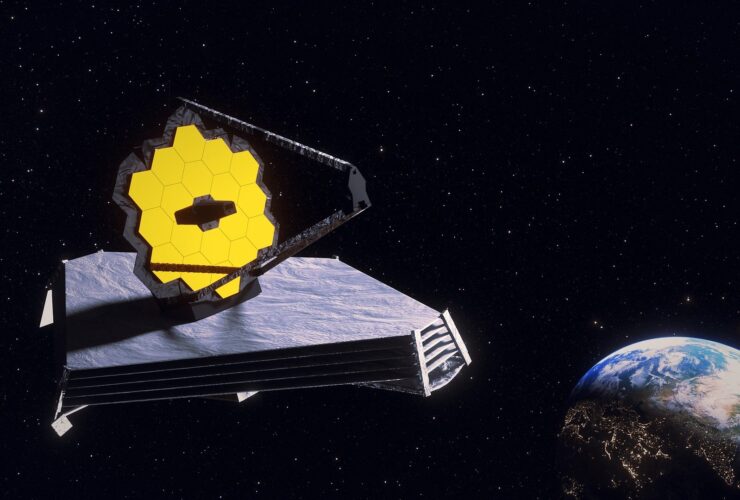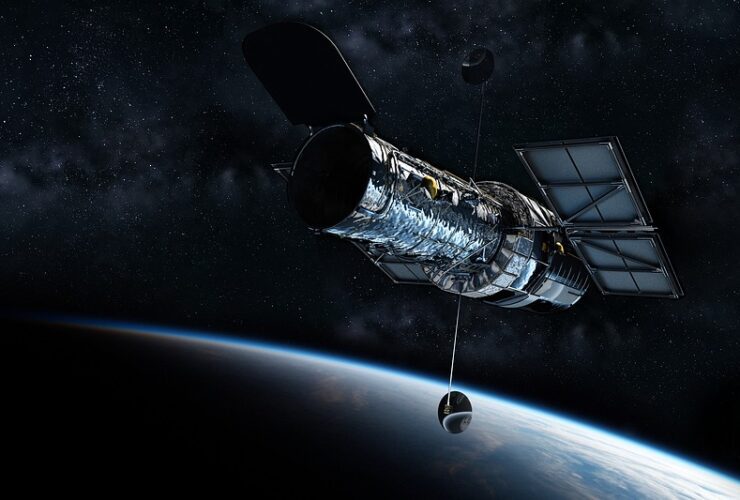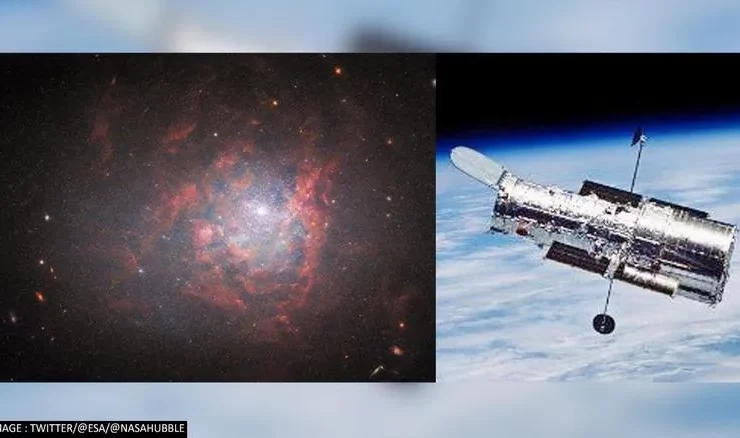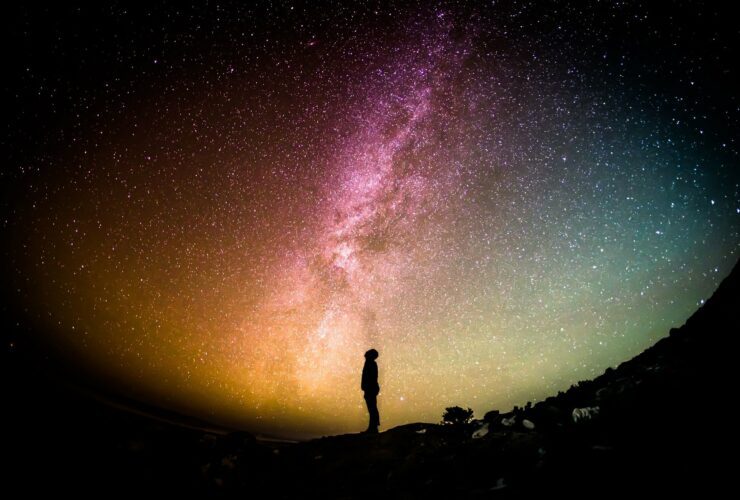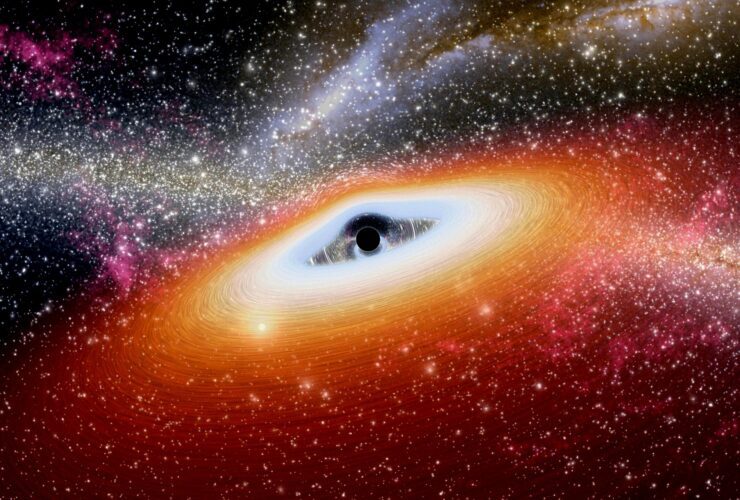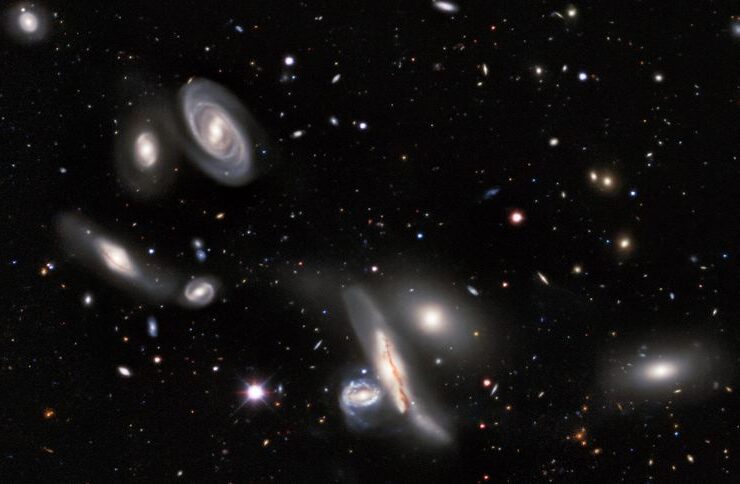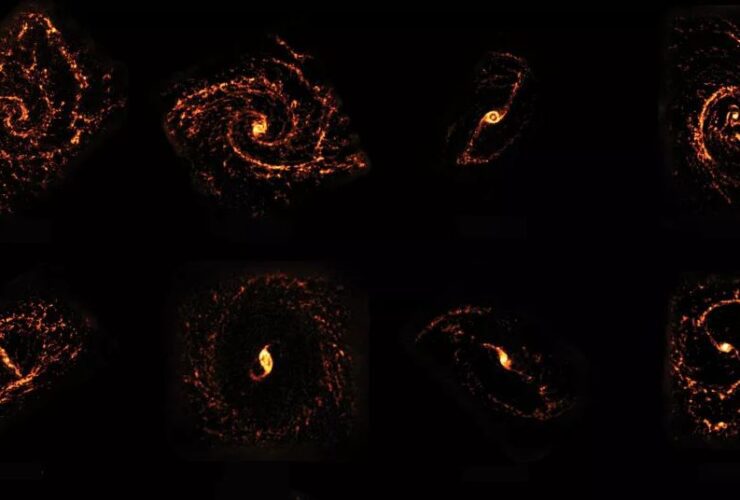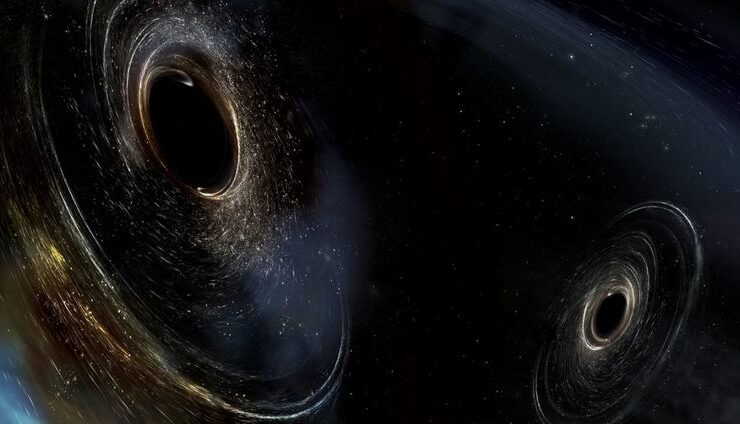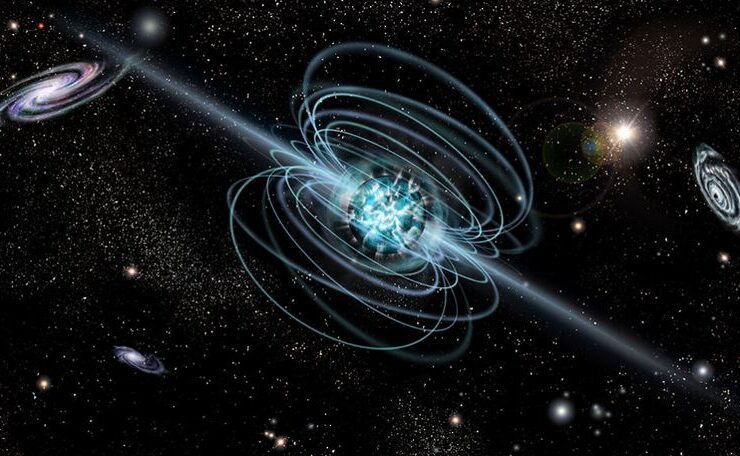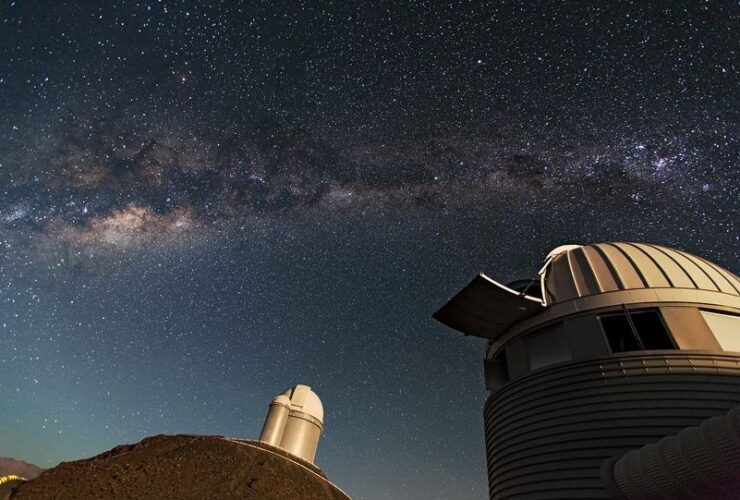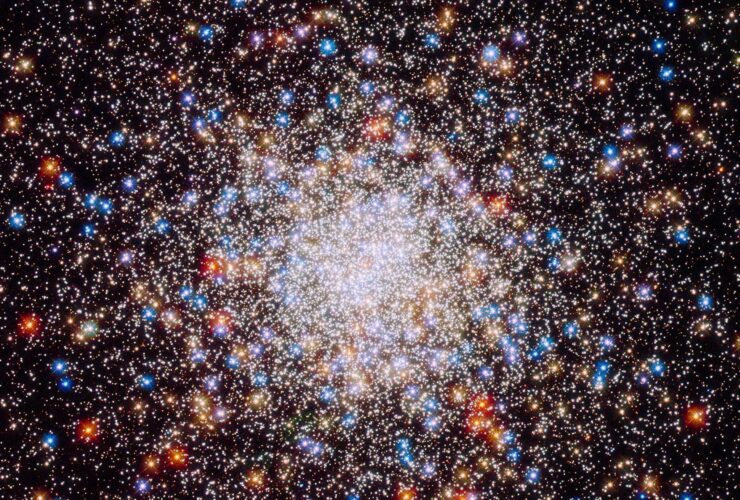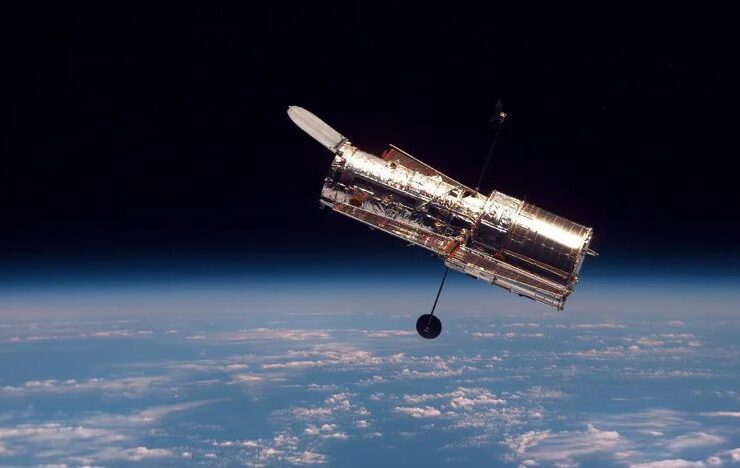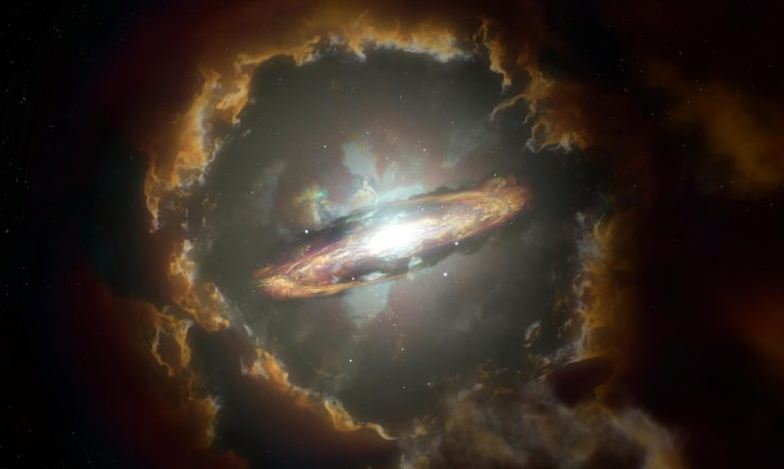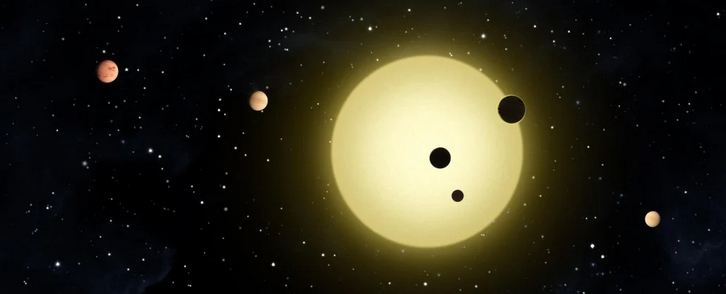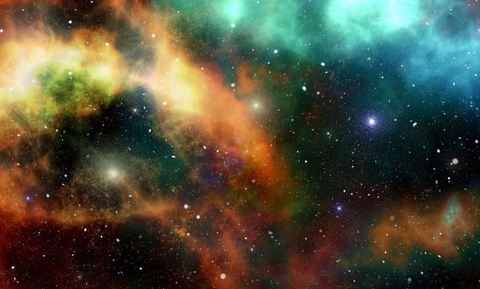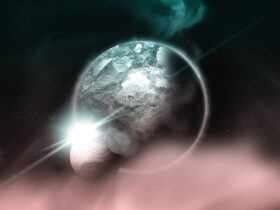The majesty of God’s creation is once again defying our current understanding of the Cosmos. New research reveals that newborn stars can emerge even in red star-forming galaxies, meaning galaxies considered technically “dead.” If it’s true, it means that life ...
Even though 95% of the Universe is invisible and all of it has pretty much the same temperature everywhere, astronomers still made it possible to study many of the galaxies and stars existing out there. They probably didn’t cover even ...
NASA’s next-generation James Webb Space Telescope continues to be under the spotlight after it has presented photos of Jupiter, Neptune, and much larger celestial bodies. The telescope has now found evidence of a cluster of galaxies merging around a black ...
Researchers are now able to compute the age and rate of the Universe’s expansion with an unparalleled level of accuracy thanks to a new map of the distances of tens of thousands of galaxies. Even though the cosmos continually expands, ...
NASA’s James Webb Space Telescope has captured a spooky giant space tarantula, where the biggest and hottest stars live. The Tarantula Nebula, aka 30 Doradus, is actually known as the ‘brightest star-forming place in the galaxies nearest our galaxy,’ according ...
Thanks to the observations of the most powerful space telescope, namely James Webb, astronomers have discovered the oldest galaxy in the Universe. The system of stars is 13.5 billion years old, meaning almost the same age as the Universe itself. ...
Many of us will have very important and exciting stories to tell to our grandchildren regarding the exploration of space. The Hubble Space Telescope has uncovered many wonders of the Universe during over three decades of activity. If the term ...
The dwarf galaxy appears in a swirl of dazzling light and crimson colors in the new photograph. The small, oddly shaped galaxy has been dubbed a “cosmic oddity” by the European Space Agency (ESA). The ESA reported that the NGC ...
There are more discovered stars in the Universe than there are grains of sand on all the beaches from Earth. Therefore, it’s easy to conclude that our Milky Way galaxy is also loaded with stars. Astronomers estimate that there’s a ...
Supermassive black holes (SMBHs) are usually found at the center of galaxies, playing a huge role in the existence of those stellar conglomerates. It’s also the case of our Milky Way galaxy, which has a supermassive black hole located in ...
The Universe’s chaos sometimes unfolds right in front of our eyes, unveiling some of the most incredible cosmic features ever seen. And astronomers don’t miss any chance to capture them. Recent discovery is no exception at all, and now we ...
Intriguing, recent discovery unveils over 100,000 stellar nurseries in all their glory! Astronomers at the PHANGS have charted the newly found nurseries across 90 galaxies, and each one is far more unique than first believed. Stars need tens of millions ...
Black holes are usually resting at the core of almost every sufficiently large galaxy. So these cosmic features have their way with the galaxies, affecting only a small part around the galaxy’s centre. But how’s that really happening? Some predictions ...
Fast radio bursts (FRBs) are some super-intense radio wave pulses from the deep Universe that puzzled astronomers’ work for quite some time. The phenomenon is mysterious yet fascinating, and so far, we couldn’t tell much anything about them. The recent ...
ALMA (the Atacama Large Millimeter/submillimeter Array) offers new data about the most ancient galaxy of its kind ever observed. By the looks of it, things look a bit complicated. Researchers, however, think otherwise. This discovery is essential to solving long-standing ...
The Milky Way collision with Gaia-Enceladus, also known as Gaia Sausage, holds the key to an ancient secret: when the oldest stars in our galaxy formed. Astronomers discovered recently that many of the stars in the Milky Way were already ...
New insights on how high-mass stars are formed came from a bold Dutch-led team of astronomers. Their work is astonishing, and they succeeded in finding that one of the biggest stars in the Universe are actually created differently from the ...
We live on Earth, which is a part of the larger solar system. The solar system revolves around a central star of the milky Way Galaxy, which is also home to between 100 and 400 billion stars and only one ...
NASA’s Hubble Space Telescope is known for its incredible space shots, and the last one is no exception! Recently, Hubble returned to the Veil Nebula to capture it like never before. The new image highlights the nebula’s intriguing features in ...
A team of researchers succeeded in shedding light on how galaxy formation is possible. Apparently, there’s an ancient light that fuels the entire process. The new paper also aims to offer tests for galaxy formation models to understand better the ...
A long-standing theory claims a supermassive black hole is capable of lots of things, including wandering through space. A black hole alone is scary enough, but imagine one in motion. How is this possible? Recently, astronomers have spotted a supermassive ...
There are still many mysteries that Milky Way challenges us to discover and solve. One of them includes some odd yet fascinating stellar streams, some river-like structures made up of stars. These cosmic features puzzle astronomers’ work, especially when it ...
A team of scientists from the LLNL (the Lawrence Livermore National Laboratory) decided to reconstruct the original Solar System. As the Solar System was born, one of the most massive planets (Saturn and Jupiter) developed really quickly. And as they ...
So far, astronomers amazed us with many fantastic discoveries, including one of the most intriguing stars and planet systems. Every system is unique and moving, but the star HD 158259 will leave in awe. The star is a bit larger ...
According to long-standing laws and other cosmic rules, stars are formed in thick clouds of molecular hydrogen gas. The full process is complicated, but some recent research can offer enough details except for a thing. What truly determines the level ...

